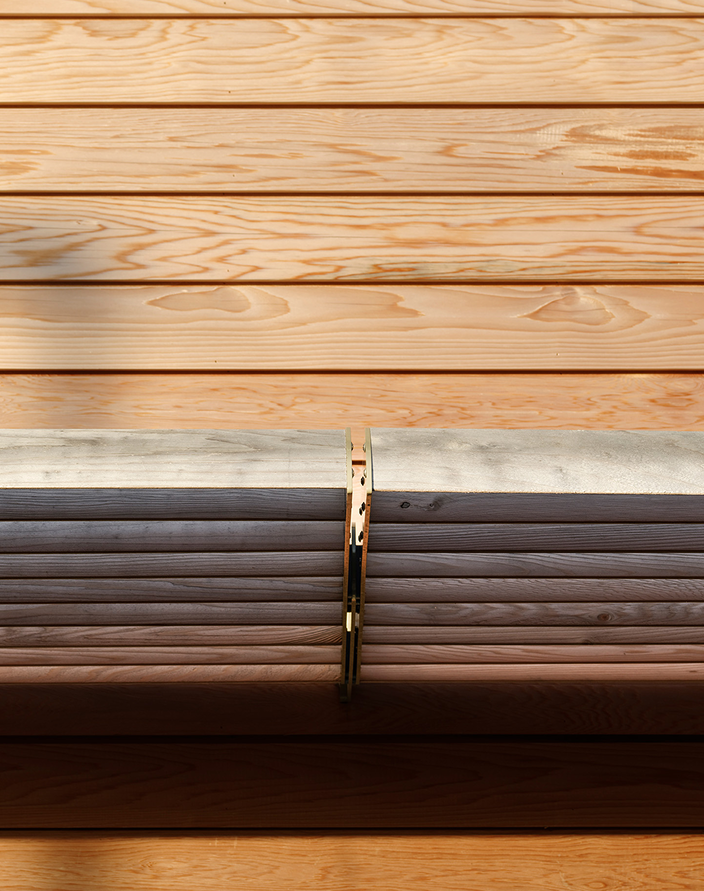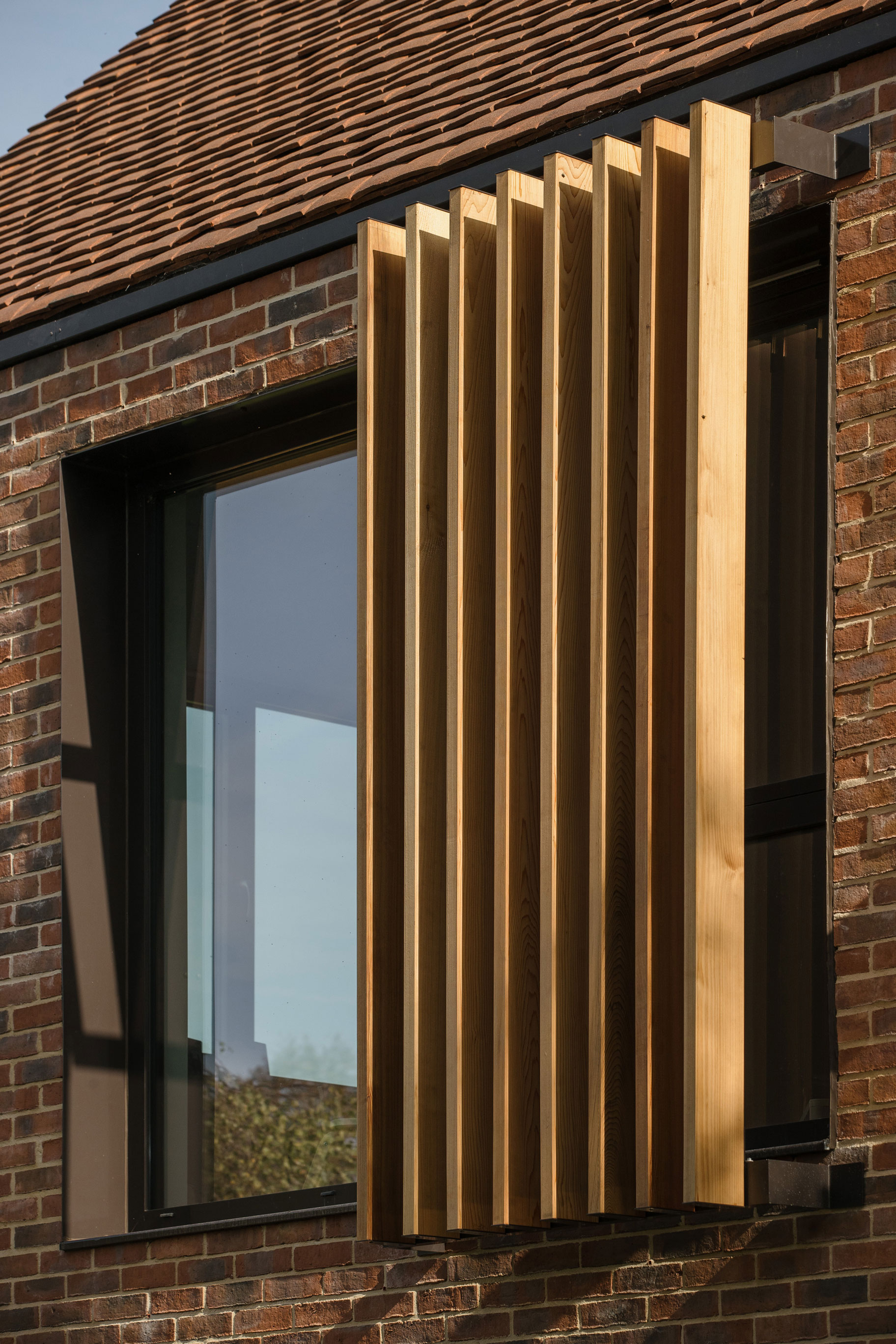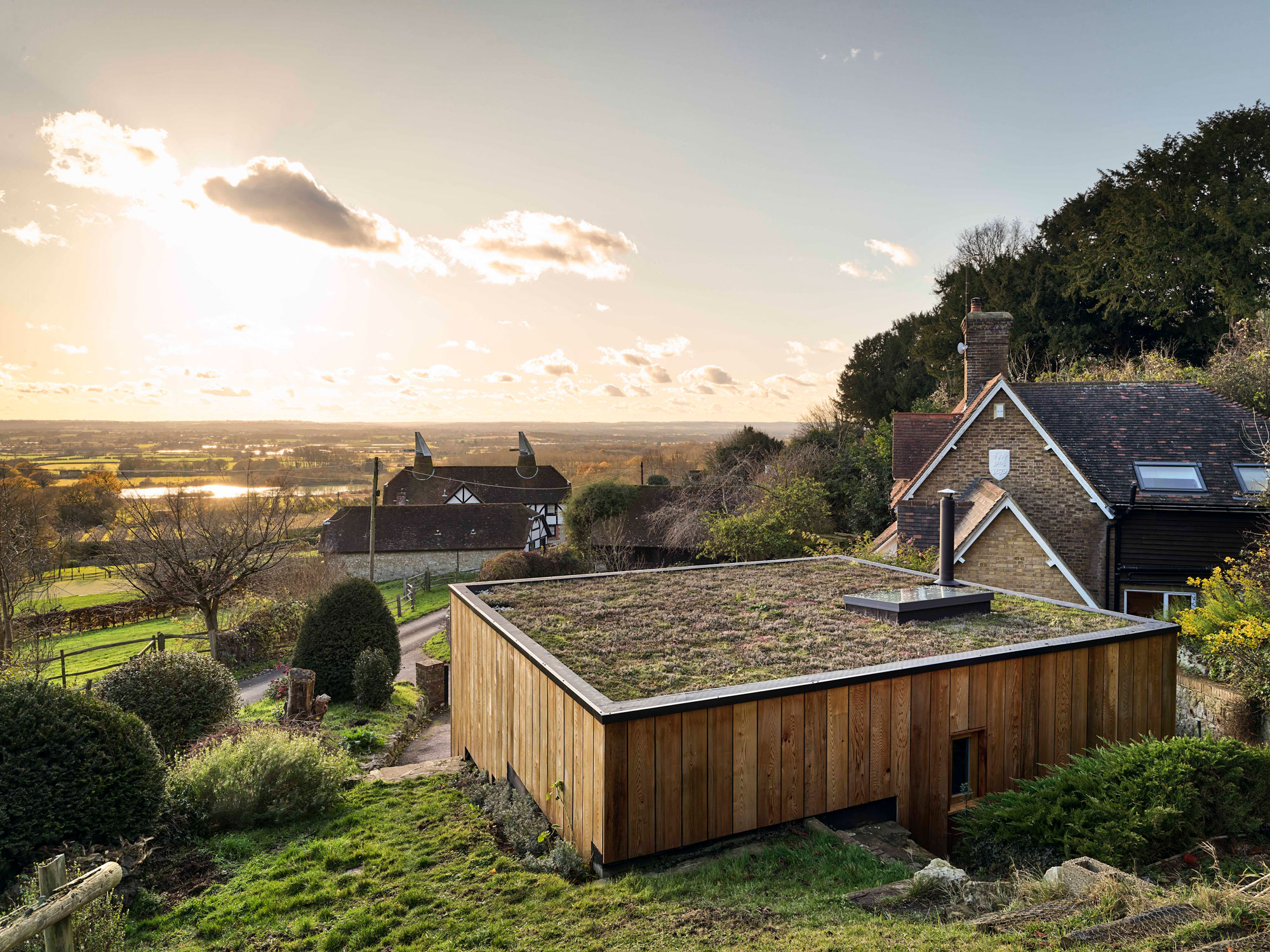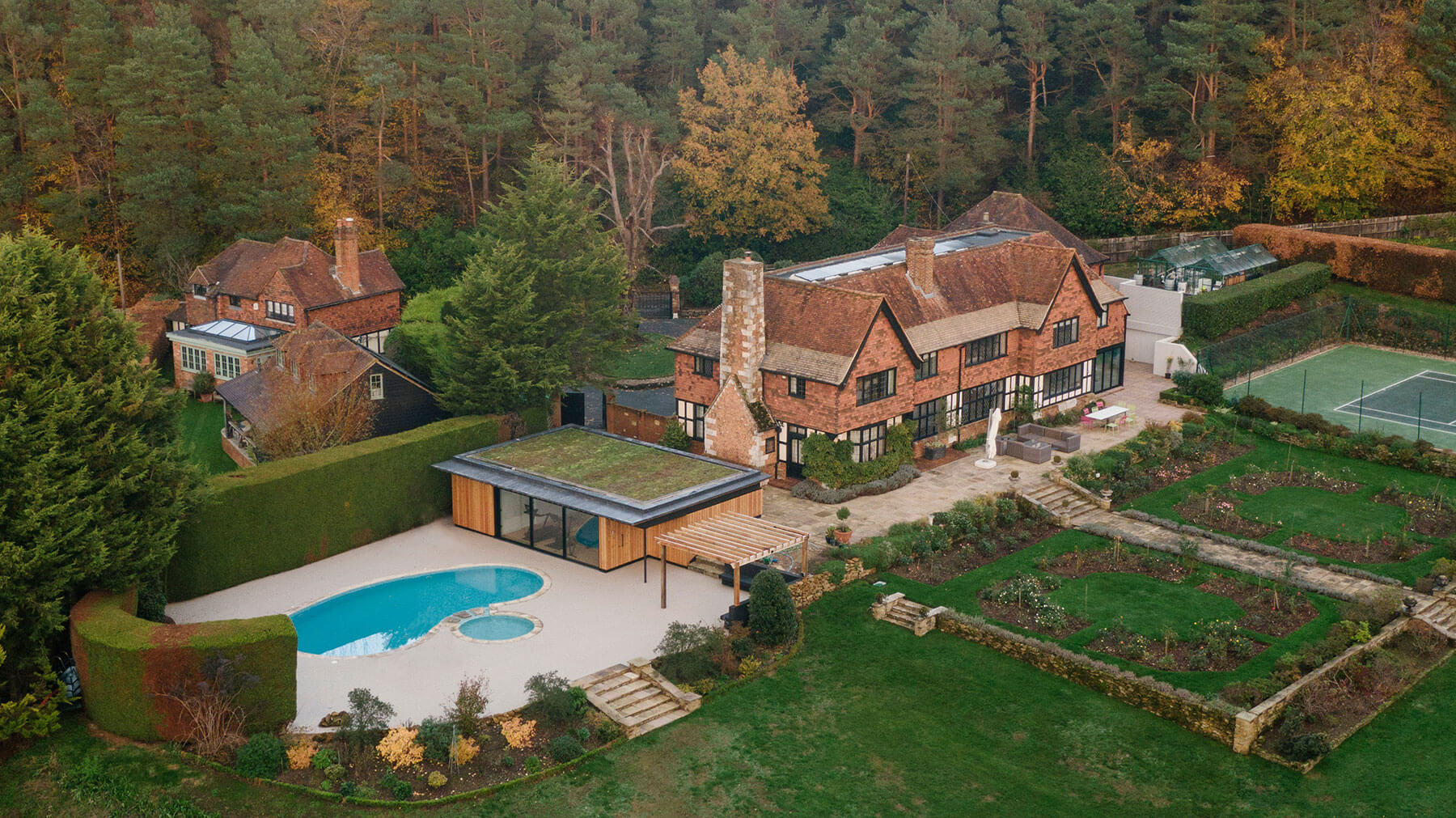
In an age where climate change and environmental responsibility are pressing issues, the way we build our homes is changing — fast. Today, the construction industry is undergoing a powerful transformation. Sustainable building technologies have moved from niche to necessity, helping us lower emissions, reduce energy bills, and create healthier homes that work in harmony with the environment.
If you’re planning a new home, extension, or even a modest renovation, integrating sustainable strategies from the outset can save you money in the long run and ensure your home is ready for the future. So what does that look like in practice? Here’s a guide to some of the most exciting technologies and ideas shaping the future of homebuilding.
Power from the Sun: Solar That Works Hard for You
Let’s start with the obvious: solar panels. Once seen as a luxury, they’ve become a cornerstone of sustainable home design. With companies like SolarEdge, SunPower, and Project Solar UK leading the way, solar technology is more efficient, more attractive, and more affordable than ever.Even in the UK’s famously unpredictable weather, modern photovoltaic (PV) systems can generate substantial amounts of electricity year-round. Pair your panels with battery storage — like the sleek Tesla Powerwall or options from GivEnergy — and you’ll have power even after the sun goes down.Some energy providers also offer incentives for feeding excess electricity back into the grid, which could turn your home into a mini power station.

Passive Design: Comfort Without Compromise
Before we talk about tech, let’s talk about design. A well-designed home doesn’t fight nature — it works with it. Passive design is about using the layout and materials of your home to maintain comfortable temperatures without constant heating or cooling. Some key passive design principles:
- Orienting your home to maximise solar gain in winter and shade in summer
- Using thermal mass (like stone or concrete floors) to store and release heat naturally
- Creating cross-ventilation through thoughtful window placement
- Installing triple-glazed or low-emissivity windows for insulation
The result? Lower energy bills, greater comfort, and a home that feels connected to its environment. Learn more through the Passivhaus Trust — the gold standard for passive building in the UK.

Rethinking Materials: Build Smart from the Ground Up
The materials we build with have a huge carbon footprint. Concrete, for instance, is responsible for about 8% of global CO₂ emissions. But the good news is that there are brilliant, eco-conscious alternatives available.
- Bamboo: Fast-growing, incredibly strong, and naturally regenerative.
- Reclaimed timber: Adds warmth and character with zero additional harvesting.
- Recycled composites: Think of products like Durat surfaces made from post-industrial plastic waste.
- Natural insulation: Recycled denim, sheep’s wool, cellulose or cork can perform just as well as traditional fibreglass — with a far gentler impact on the environment.
Plus, companies like Thermafleece and EcoCocon are innovating in bio-based and circular construction materials that lock in carbon instead of emitting it.
Living Roofs & Walls: Green That Gives Back
We all love a garden, but what if your roof could be one too? Green roofs and living walls are more than a visual treat. They:
- Insulate your home
- Absorb rainwater
- Cool urban areas by reducing the heat island effect
- Improve air quality and attract pollinators
Check out ANS Global to see how these systems are being used in both rural homes and city dwellings alike. They’re especially great for flat roofs and extensions where you want to maximise usable or visible greenery.

Smarter Water Use
We often think about energy, but water conservation is just as critical. Modern sustainable homes use technologies to reduce water consumption dramatically, without sacrificing convenience or comfort.Here’s how:
- Low-flow taps, showers and toilets (from brands like Grohe or Hansgrohe)
- Rainwater harvesting systems to reuse water for irrigation or even flushing toilets (Rainwater Harvesting Ltd)
- Greywater recycling, where water from showers or sinks is treated and reused
- Drought-tolerant landscaping to keep gardens beautiful with minimal watering
With more frequent droughts predicted across the UK, water-wise homes are no longer optional — they’re essential.
Smarter, Greener Homes
The rise of smart home technologies isn’t just about comfort or convenience — it’s about using less and wasting less.
- Smart thermostats like Nest and Tado learn your habits and adjust heating accordingly
- Energy monitors like Loop give you real-time insights into how your home uses electricity
- Automated lighting and blinds respond to daylight and occupancy
- Whole-home systems can even integrate your solar panels, battery storage, and ventilation into one seamless dashboard
These tools put you in control — and help reduce your carbon footprint one kilowatt at a time.

Future-Proofing Your Home
Sustainability isn’t just about the environment — it’s also about building homes that will stand the test of time.
- Durable, low-maintenance materials reduce the need for replacements and repairs
- Energy-efficient homes are more comfortable year-round and cheaper to run
- As regulations tighten, homes that already meet or exceed energy standards will hold their value better
In the UK, the Future Homes Standard is coming into effect in 2025, demanding lower emissions and higher energy efficiency in all new homes. By starting now, you’ll be ahead of the curve — and well-positioned for a more sustainable future
Let's Talk About Your Sustainable Project
Sustainable building isn’t about adding expensive extras — it’s about designing smarter from the start. Whether you’re creating your forever home, an eco-conscious extension, or retrofitting a charming period property with 21st-century systems, there are more solutions than ever to help you do it sustainably. If you have a project in mind — or even just an idea — why not get in touch? We’d be happy to chat about how we can help you design something that works beautifully for your life and the planet. Drop us a line at info@felixlewisarchitects.com, and let’s set up a time to talk.
